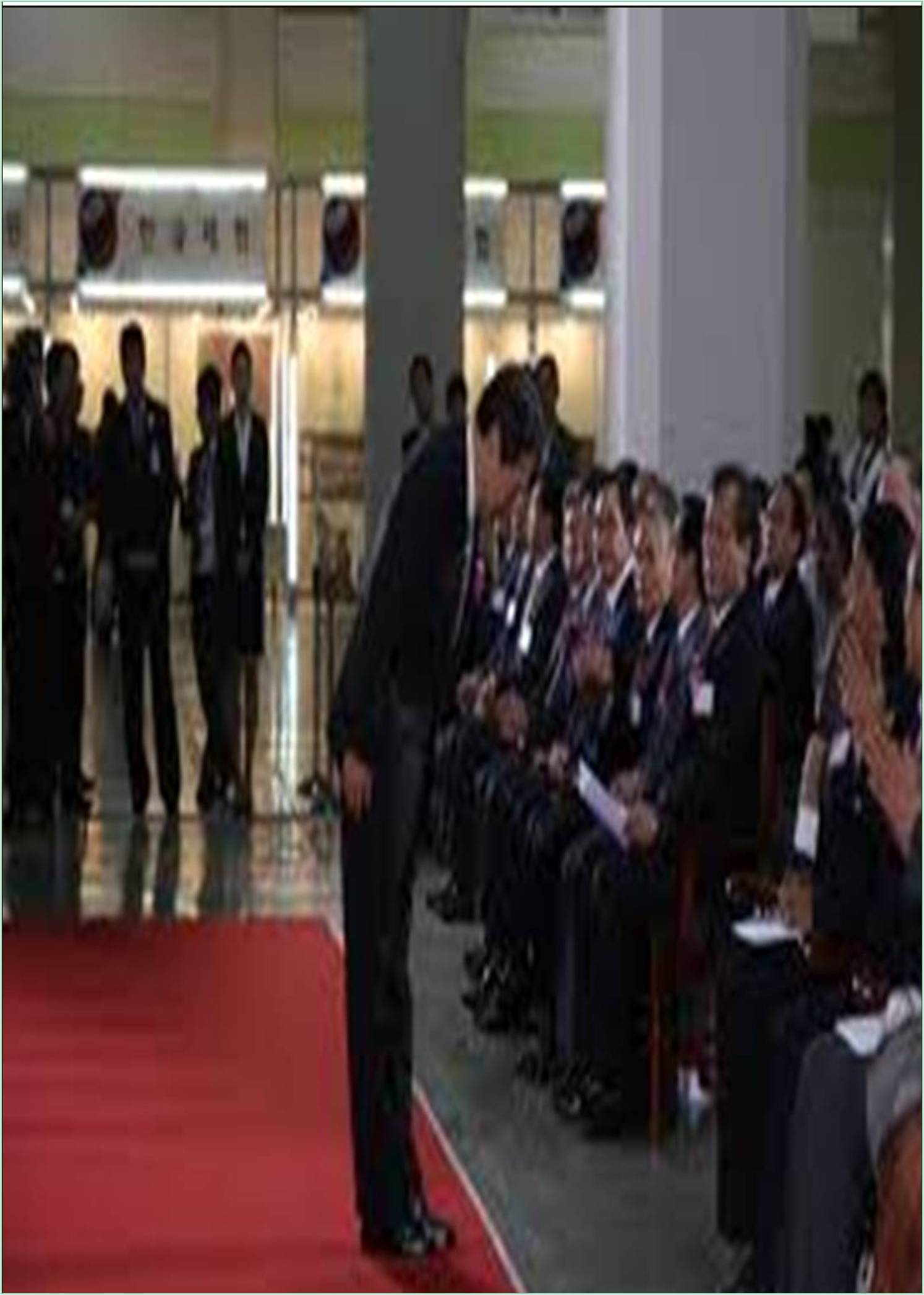



Received: 15-Nov-2022, Manuscript No. JPAPR- 22- 85562; Editor assigned: 18-Nov-2022, Pre QC No. JPAPR- 22- 85562(PQ); Reviewed: 02-Dec-2022, QC No. JPAPR- 22- 85562; Revised: 08-Dec-2022, Manuscript No. JPAPR- 22- 85562(R); Published: 16-Dec-2022, DOI: 10.15651/JPAPR.22.04.007
Growing demand for health and social care, along with severe resource constraints encountered by public sector organizations, has prompted interest in innovative solutions to these issues. Public service innovation is particularly poorly understood because innovators must handle the norms, practices, and logics of the public, private, and civil society sectors (Irani Z et al., 2022). Case study evidence from recently established social enterprise providers of health and wellbeing services in England is used to examine how innovations are shaped by an incumbent state or public sector logic and two "challenger" logics relating to the market and increasing competition and civil society, emphasizing social value and democratic engagement with employees and service users.
The analysis shows how, in relation to specific techniques and practices, a more fluid and innovative interaction of logics can be observed (Madan R et al., 2022). These organizational techniques address knowledge exchange and protection, financial management, and the empowering of worker innovation. Relationships with key stakeholders, including public-sector funders, service users, and service delivery partners, demonstrate the interplay of logics shaping social innovation (Ubowska A et al., 2022). There are ramifications for hybrid organizations and public services in general. There is a lot of excitement about the potential for innovation to help address these challenges at a time when the public sector is coping with complex societal issues caused by increased demand combined with severe resource limits. (Ubowska A et al., 2022) It is generally accepted that state employees are risk-averse and lack incentives to be innovative, which contributes to the low level of understanding of public sector innovation. In this paper, it shows how different institutional logics influence innovation in a range of organizational and service situations. Examine how the logics of the public, market, and civil society sectors coexist to impact the innovative activities of hybrid social enterprise organizations that offer health and social care services.
Knowledge regarding innovation that attempts to address social and public service demands can be advanced by using the concept of institutional logics, which are the cultural ideals, objectives, norms, and practices that guide cognition and behavior in making decisions (Zhang Y et al., 2022). Examines the ways in which different participants may inventively combine logics and handle conflict.
In other words, the objective is to make clear how different logics interact in the functioning of creative hybrid organizations. Here case study information from eight social entrepreneurs working in the health and wellness industries in England to provide an answer to the main question. Public service innovation and social innovation are gaining popularity as government organization’s and service provider’s deal with increasing demand and resource constraints. Dissatisfaction with the "mainstream" conception of innovation, which frequently focuses on technology- and market-led innovation, has given rise to the "hybrid notion" of social innovation, which is regarded as a "basically contentious concept" and a "concept in flux." In order to inspire new methods of resource mobilization for advantageous goals, the concept of social innovation demands for greater interaction among different stakeholders operating in various domains. Pay particular attention to the innovative potential of recently established hybrid Social Enterprise organization’s that bridge the gaps between the public, private-for-profit, and civil society sectors by recombining the logics that are typically considered to be specific to each of these three spheres. SEs generally uses legal frameworks from the civil society sector and pursues an inherently noble objective through economic endeavors and public sector contracting. Because governments have supported them along with public sector reforms that are resulting in the creation of new quasi-markets for public provision and a greater involvement of private and civil society sector organizations, they offer a useful context for analyzing how plural logics affect innovation.
Irani Z, Abril RM, Weerakkody V, Omar A, Sivarajah U. 2022 The impact of legacy systems on digital transformation in European public administration: Lesson learned from a multi case analysis. Gov. Inf. Q. 101784. [Crossref][Google Scholar]
Madan R, Ashok M. 2022 AI adoption and diffusion in public administration: A systematic literature review and future research agenda. Gov. Inf. Q.2022:101774. [Crossref][Google Scholar]
Ubowska A, Królikowski T. 2022 Building a cybersecurity culture of public administration system in Poland. Procedia Comput. Sci. 207:1242-50. [Crossref][Google Scholar]
Scupola A, Mergel I. 2022 Co-production in digital transformation of public administration and public value creation: The case of Denmark. Gov. Inf. Q. 39(1):101650. [Crossref][Google Scholar]
Zhang Y, Wang Q, Tian T, Yang Y. 2022 Volatility in natural resources, economic performance, and public administration quality: Evidence from COVID-19. Resour. Policy.76:102584. [Crossref][Google Scholar]